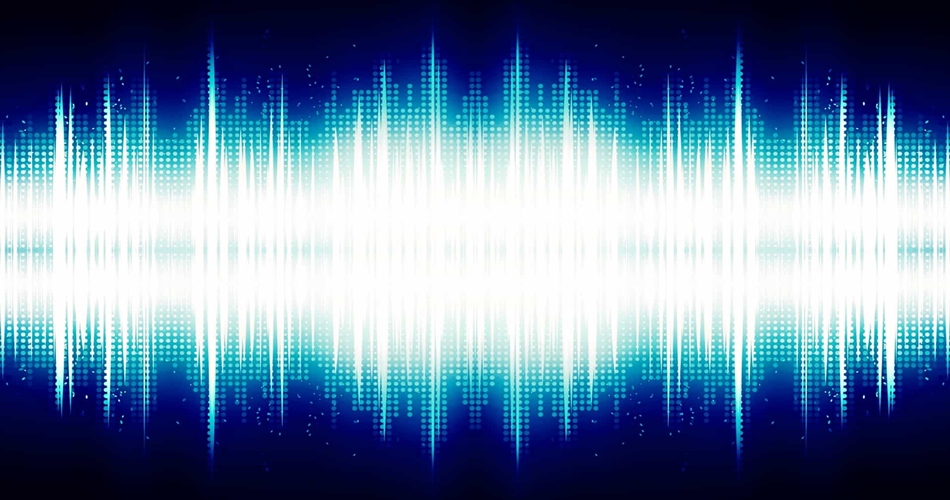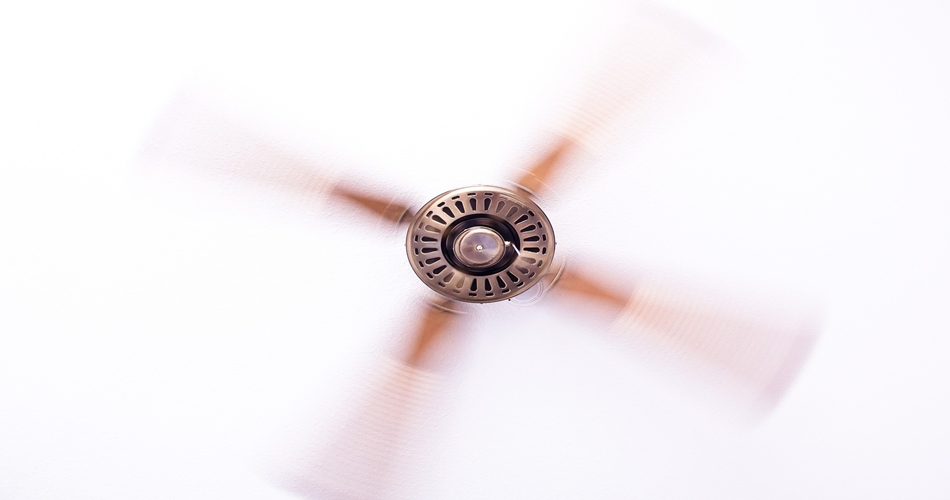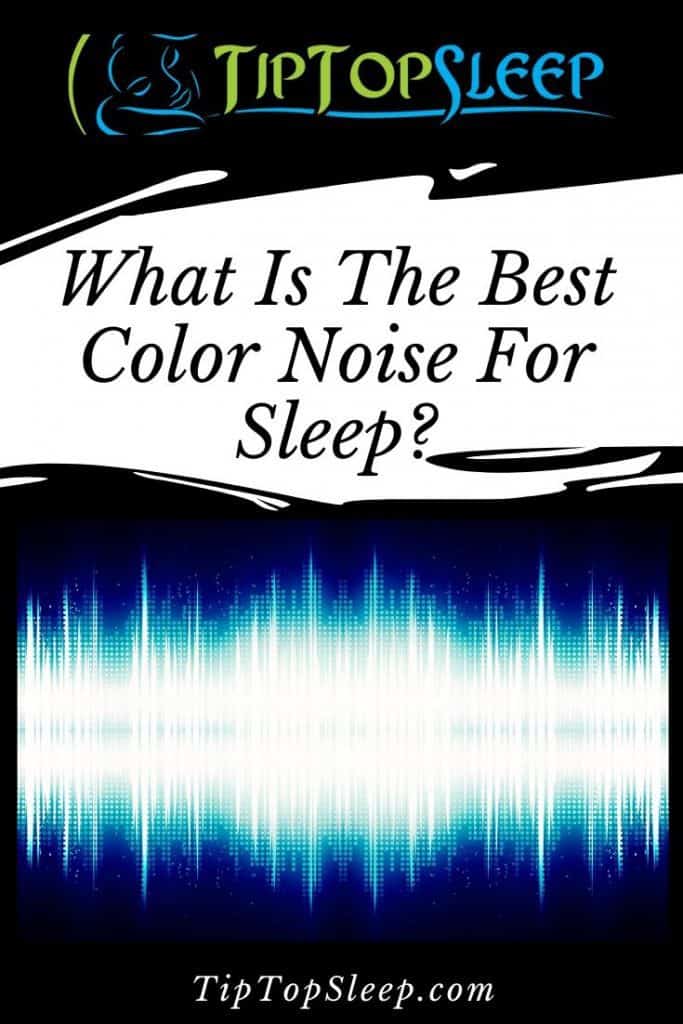The color of the noise you are exposed to in the build-up to and during your natural sleep hours will almost always have a profound impact on the quality of the sleep that you record.
What Is the Best Color Noise for Sleep? White, pink, and Brownian noises are the most useful to individuals who want to enhance the quality of their sleep. If you are somebody who struggles to actually fall asleep (sleep latency), white noise is for you.
If you are somebody searching for deeper sleep or better sleep efficiency, then you are looking for exposure to some form of pink or Brownian noise. Pink noise is also best known for improving memory or recall when you have fallen asleep.
Brownian noise is ultimately a progression of what you experience when you encounter pink noise, so it helps produce an even deeper sleep than pink noise. It has a deep and surprisingly soothing effect on those who are sleeping.
Technical Definitions
A gentleman called Mark Thompson is an expert in this field, as he has worked with colored noise and psychoacoustic noise effects in the past. Throughout this blog post, we are going to use his expertise to try and decipher that noise, in an attempt to help the layman understand what it all means.
Let’s go…
Colored Noise – Video
The following video will give you a further understanding of how various colored noises can help you sleep quicker, deeper, and longer.
What is White Noise?
The most defining feature of white noise is that it masks out other sounds very well. In addition to that white noise is of particular interest to scientists and medical professionals because it basically has equal energy over frequency.
So, you need to consider two fundamental facets here. The first has to do with volume or – more colloquially – loudness. When we talk about volume or loudness we are talking about energy.
The other fundamental facet you need to consider is frequency. That is always measured in something we call Hertz or – more colloquially – cycles per second.
When you experience white noise, you are experiencing sound where there is equal energy over frequency. So, that is to say, that white noise has the same level of intensity or amplitude throughout the sound’s frequency range. No matter how low or how high. Finally, white noise is usually used as a form of sleep aid – and we will get onto that a bit later in this blog post.
What Can White Noise do For Sleep?
If you are a new mother with a “troublesome” child it would probably be prudent for you to pursue the option of putting him or her to bed using white noise techniques. There are devices that are readily available on the market, to assist in the carrying out of that goal.
Sometimes you do not actually need to purchase a device. You could just use any one of the appliances in your home. We will get onto that a bit later too.
There is compelling evidence to suggest that the majority of babies between two and seven days old respond positively to white noise during their sleep induction. For those who are not familiar with the terminology, sleep induction is a deliberate campaign to bring on sleep.
The practice of sleep induction contributes to more effective sleep and is used to try and combat insomnia, among other things.
In a study conducted by J A Spencer, D J Moran, A Lee, and D Talbert 80 percent of the children who participated in the trial fell asleep within five minutes after white noise was used to help facilitate that process. It was also established, during that study, that the likelihood of a child falling asleep increased three-fold when it was exposed to some form of white noise.
However, if you are reading this blog post, you are probably not a one-week-old baby and the results do not necessarily mean anything to you because you do not have a child either.
Do not despair though, as a similar study was conducted by researchers L Taranto-Montemurro, L Messineo, S Sands, A Azarbarzin, M Marques and A Wellman on a group of adults.
While there was some evidence that the exposure to white noise improved sleep quality and perhaps even promoted a deeper sleep. The really significant finding in that study centered around sleep onset latency, which is essentially what the baby test was all about.
Once again, the group of scientists found that there was compelling evidence to suggest that people fell asleep quicker or easier when exposed to some form of white noise. The scientists found that sleep latency was reduced in the region of about 40 percent when the subjects were exposed to white noise. We all have to admit, that is a pretty significant development.
Even though the test subjects fell asleep quicker and easier, which lends itself to an overall improvement of sleep quality, there was not actually any evidence supporting claims that overall sleep length increased significantly – if at all – when exposed to white noise.
In addition to that, there was no significant change in sleep efficiency, which is essentially the time spent sleeping while lying down in bed at night. There was no increase in tossing and turning under the circumstances but there was no significant change downwards either.
The long and short of it is that exposure to white noise can be an effective tool to assist individuals in their war on insomnia.
How Do You Generate White Noise?
Well, there are several sources of white noise. They include but are not limited to fans, air conditioners, aquarium pumps, and radio static. Those are all basically household appliances and devices.
The cheaper option.
For those who insist on spending money to enhance the sleep experience, there is nobody stopping you from purchasing a white noise machine. It basically produces the sound of rushing air, something in the sphere of a fan or air-conditioner.
We also live in a digital age, which means there is nothing stopping us from getting access to a download or even software for your PC – all of which can just play white noise for you.
Speaking of YOU, you can basically find any audio material you need on Youtube these days. That will save you a lot of time and money, come to think of it.
The whole point of white noise is to mask all of the other annoying sounds that are limiting your capacity to fall asleep.
So, if you are looking to generate white noise for yourself – well there is no other way to do it really – you must consider that the device you are using has the required volume to mask all of that other noise.
Another aspect for you to consider is what kind of white noise you want to be exposed to.
People have preferences here too. Some people prefer to expose themselves to more natural-sounding mechanisms, while others prefer artificial white noises.
Another common rookie error, when generating and playing white noise is that people often play repeating loops that are too short, so short in fact that before you pass out in bed, you actually begin to notice it.
Noticing that break in the white noise pattern will then turn out to be a distraction on its own. So, if you are relying on white noise as a sleep aid, make sure the loop of that white noise is long enough to help knock you out when in bed.
It doesn’t normally take longer than five minutes to fall asleep when you generate and play white noise. So, the loop doesn’t really need to be much longer than five minutes but to be safe just make it ten minutes, timed to stop playing after that.
If you are somebody who needs to use this white noise while you are on the road, then make sure you have a facility that is compact and convenient enough to travel with.
What Is Pink Noise?
The keyword here is OCTAVE. For the poets among us, we are familiar with the term when we encounter works with a group or stanza of eight lines. Shakespeare stuff.
For those among us who are into music, we are talking about a series of eight notes occupying the interval between two specific notes. We suspect – although we can’t always be sure – that the rock and orchestra musicians in our midsts might have a firmer grasp of what pink noise actually is…just because you have better quality ears.
Right, enough of the waffle.
Now that we have a firmer grasp of what an octave is, it is particularly relevant when we measure frequency to determine pink noise. For every frequency octave, there is an equal level of energy or volume produced.
The volume produced by pink noise follows a rhythm that is established when the noise frequency decreases, in octaves.
Because of that, the most defining feature of pink noise is that it produces a more natural sound than white noise. That is what ultimately assists with the deeper sleep recorded when exposed to pink noise. We will tap more on that a little later though.
When you think about pink noise, think about the ocean surf, especially at night. Having lived next to the ocean myself, I can honestly say there is nothing more soothing. It was the best quality sleep I have ever recorded in my life. Then I moved to a larger city.
What Can Pink Noise Do for Sleep?
The first thing this author thinks about when he hears the term sleep stability is the movie Inception. I can just picture Dominick Cobb’s beautiful architectural structures collapsing during his dream within a dream. Enough of the frivolous talk though…
Achieving sleep stability is an important component of our sleep-wake cycles and researchers at the Academy for Advanced Interdisciplinary Studies, Peking University have sought to establish just how significant a role the exposure of pink noise can play in realizing that objective.
So, there were two things at the heart of this study. The first centered around the complexity of brain activities when individuals are asleep and the impact that this complexity had on sleep.
The second centered on something the experts call sleep consolidation.
On the first point, researchers basically found that sleep complexity decreased when the human brain was exposed to pink noise. That sounds like a positive development because it is a positive development.
Synchronized brain waves are good for quality sleep. When it came to sleep consolidation, researchers found that exposure to pink noise helped enhance the percentage of sleep time or sleep efficiency recorded when the individuals were in bed during regular sleep hours.
The pink noise test was also conducted for power naps and not just evening sleep periods. Not only was better quality sleep being recorded with the introduction of pink noise but the sleep periods were longer when pink noise was introduced during the tests.
How Do You Generate Pink Noise?
There is something out there called Audacity, which is a free multi-track audio editor and recorder. If you have the capacity to do it, you can use that tool to generate as much pink noise as you wish and just play it on whatever device you might have at your disposal.
If you prefer headphones, then use those. If you prefer to just play the track on your sound system then just use that.
The key here is being able to repeat the track once or twice over. Remember that pink noise is associated with deep sleep, so when that track is playing it would ideally be playing well into your sleep cycle.
We suspect the musicians might have greater joy with this than most. For the normal folks among us, YouTube should really be your best friend. There is an upload for everything these days.
What Is Brownian Noise?
Brownian Noise can be known to us as brown noise or red noise. Trying to describe this can get uncomfortably technical but we will do our best to break it down.
The emphasis with the red noise facet is placed in the bassy sound that it produces. People who use the subway know about this all too well.
People who live next to a railway line have also experienced this in one form or the other. It is that noise you get when a train passes by and starts fading off into the distance. Not everybody’s cup of tea but it can be soothing, in a very odd way.
The brown noise component to this is of particular interest to the sleepers among us though.
The keyword bandied about here is something the educated among us will call fractals.
Something which is fractal basically has a never-ending pattern. So the patterns generated are similar across different scales.
When you think about brown noise, think about somebody or something walking randomly. The sound of somebody walking through the forest or somebody walking down the street. Okay, that is all we can really say about that.
What Can Brownian Noise Do for Sleep?
We have already established that pink noise reduces sleep complexity and improves sleep consolidation.
Those two developments mean that exposure to pink noise will help you record a deeper sleep, better sleep efficiency, better quality sleep and it will enhance your memory or recollection during sleep.
Brownian noise is essentially a progression from that. Those in the know refer to it as a deeper version of pink noise. Those of you who live next to the ocean are already familiar with this noise, especially when there is a storm in your area.
They say the sound produced from that hard ocean surf during a strong storm is the closest natural thing to Brownian noise.
I can only speak on my personal experience here but when I encounter that noise during a storm, I tend to fall asleep like a baby. It is honestly the most relaxing thing and that should be the case for most individuals. Brownian noise should help you achieve a much deeper sleep than usual.
How Do You Generate Brownian Noise?
Go to YouTube!
What Is Blue Noise?
This is what you get when a high pitch is filtered by white noise. The experts will tell you that it is not a very pleasant sound and doesn’t sound natural at all.
Once again, I suspect that the musicians among us will have a particularly firm grasp of what we are trying to explain here, especially when we use the term treble tone. There are a lot of treble tones when you are exposed to blue noise.
The frequency and the range of blue noise are normally at the higher end of human hearing.
Final Thoughts – What Is The Best Color Noise For Sleep?
Wow! What a lesson in color and noise.
So what is the take away in regards to which colored noise you require? The need to identify where, in an individual’s sleep pattern, they need assistance to achieve their best night’s sleep then select the correct color of sleep noise…
Fascinated by sleep and noise? Check out my article here all about learning to control your sleep around noise…
As always here’s to better sleep!




